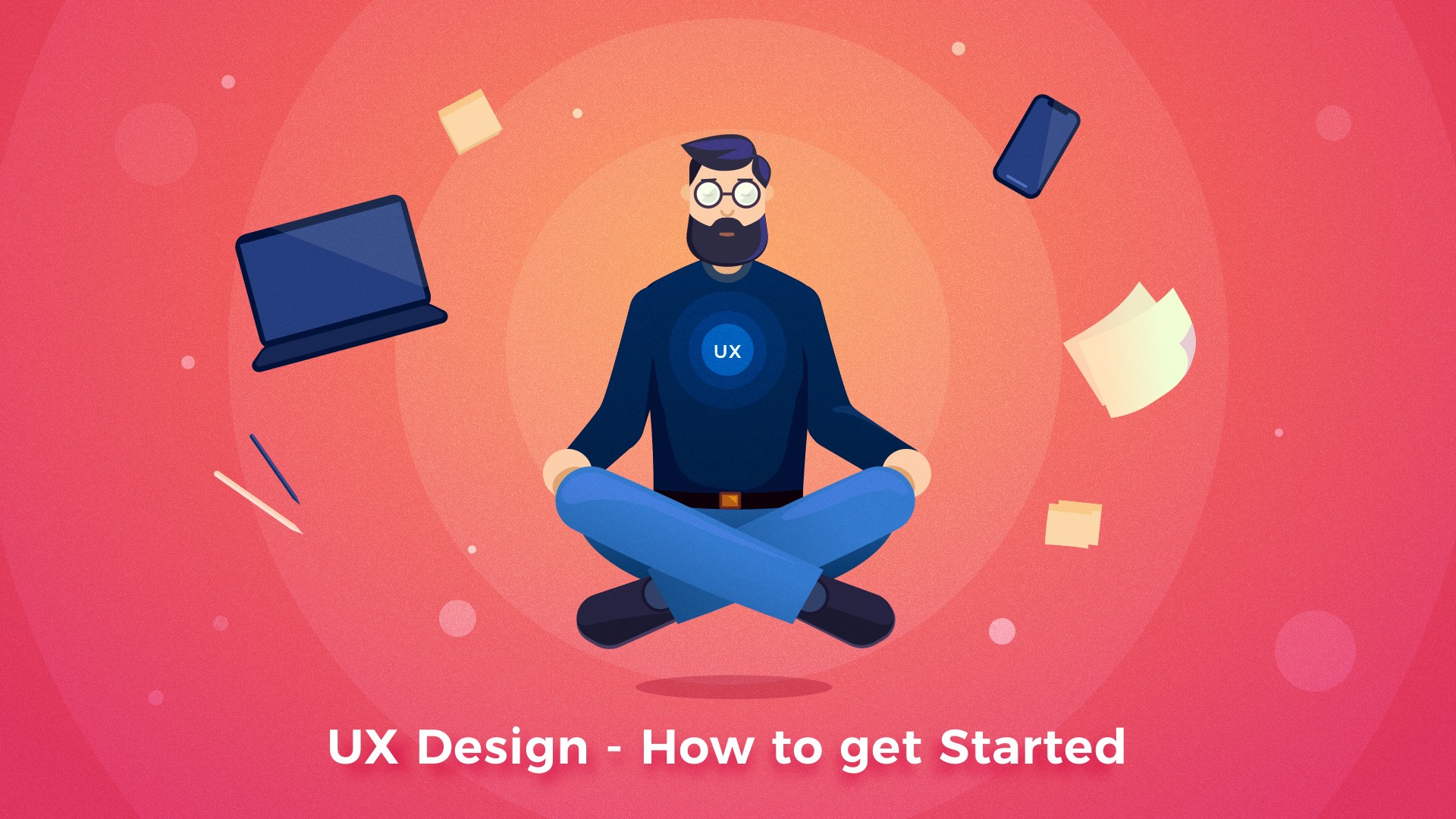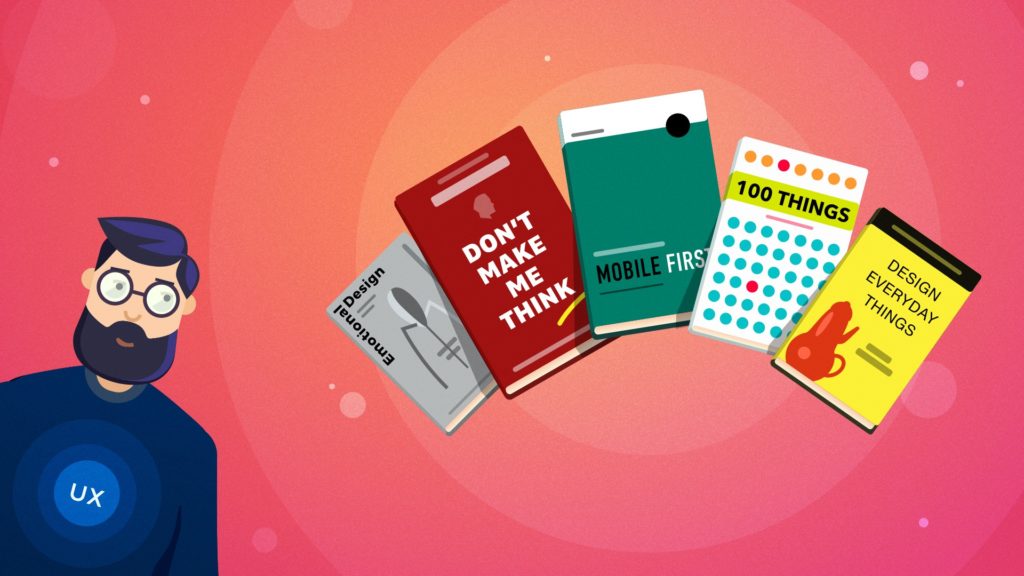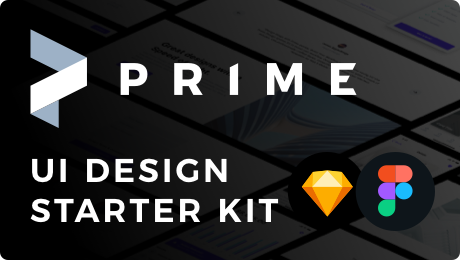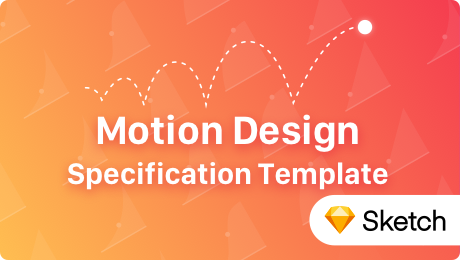You finally decided that you would like to dive into the UX Industry and become a designer. That’s great! To ensure possibly the most efficient way to achieve that I have prepared this story for you. So grab a mug of coffee and let’s begin!
Before you will make your first step you have to remember these two things:
- Every journey begins with a single step – becoming UX Designer may be a long time process, but it is worth to follow this path. Do not discourage yourself if you will have some difficulties, because every single step forward will bring you lots of satisfaction!
- Stay a beginner – Now you have a fresh mind, but when you will become an expert you will be tempted by your experience to follow only known paths. Do not ignore new, fresh or even weird things because of your knowledge. Having a beginners mind is one of the most important assets of every UX Designer.
What is exactly UX Design?
The first thing to do before learning the design principles is to know what this term actually means. I have seen so many definitions of UX Design, but all of them showed only a few aspects of this discipline, so how to describe it? Let’s try:
User Experience is a person’s impression of interaction with a product. The definition created by the International Organization for Standardization is the following:
“person’s perceptions and responses resulting from the use and or anticipated use of a product, system or service.”
Peter Morville adds following aspects to this definition. To deliver a Good User Experience product should be:
- Useful
- Usable
- Desirable
- Accessible
- Credible
- Findable
- Valuable
User Experience Design is a process that has a purpose to deliver a product that will meet the goal. Usually, this goal is to deliver the most pleasurable experience of interaction with a product. During this process, the designer has to match the needs of users with business requirements and tech feasibility.
In a few words: for me, UX Design is an iterative process of solving user needs.
What’s your motivation?
Now, when you know what UX and UX Design are, let’s talk about your motivation. Why would you like to become UX Designer?
Some people will simply say that the better salary is their motivation. If it is the only thing that encourages you to learn UX, I would recommend you find a different job.
People who succeed in this industry repeats that they love this job because they build things that have a real impact on other people. They can help them, solve their issues, improve their lives. Finally, designers have an opportunity to create solutions that beautify their users moments and connects them with other people. To design is to create for people.
If you would also like to make sort of this things, let’s begin the journey!
How to become UX Designer
The decision of being a designer is often a life-changing moment. It is not just a work, it changes the way you think and perceives the world. Below you can find multiple tips that will help you to become a UX expert:
Learn New Skills
Observation – every good designer is excellent in noticing areas where the product may be improved. Start to observe people around you, the products you interact with and everything in your surroundings. Thanks to this you will be able to identify issues and users needs.
Empathy – developing this skill is a must. You have to understand what your users feel, what is their motivation, fear or desire. The designer is always solving problems for people, so it is very important to know what is in their minds.
Design Thinking – methodology introduced by IDEO has become a real standard for the majority of designers. Design Thinking is a creative process with a human-centered approach that goes from gathering information about the problem, through ideas generation and their selection into prototyping and validation. Design Thinking is not a perfect process, but the results are usually promising.
Presentation skills – no matter how great the design is in your eyes. It has to be good in the eyes of your team and stakeholders. Develop presentation skills so you will be able to communicate with them efficiently and use persuasion to show the value of your creation.
Use Your Skills in a New Way
You have some skills developed in you earlier job use them to become UXer. Everything that we learned in the past may be very important for our future career.
Software developers have got a good sense of how the solution works. Graphics or Visual Designers may instantly create beautiful things. Business Analytics and QA Specialists have got an excellent eye for details and easily find potential issues.
Every mentioned skill may be your key to success in UX.
Learn the Rules of UX Design
The core aspect of learning is to get knowledge about industry guidelines. You can make it in several ways. First, is to join a regular course or study. Next is to read books about the design. Finally, read blog articles and stories and cover the newest trends and thoughts. For the best results, it is good to combine all of the methods. Here is a handy list of sources to learn from:
Online Courses
Books
- Don’t Make Me Think — Steve Krug
- Design of Everyday Things — Don Norman
- Emotional Design: Why We Love (Or Hate) Everyday Things — Don Norman
- 100 Things Every Designer Needs to Know About People — Susan Weinschenk
- Mobile First — Luke Wroblewski
Blogs
- Smashing Magazine
- Prototypr.io
- UX Collective
- Design + Sketch
- UX Planet
- Nielsen Norman Group
- UXMisfit.com – I hope my articles will also inspire you 🙂
Become Familiar with Tools
Once you get some knowledge you will be ready to start some practice. But, to begin you need to be also familiar with some tools. The most important thing to remember is:
Your brain, pen & paper are the ultimate UX Design tools. First learn to use them, then jump to the next ones.
Obviously we have some digital tools that make things faster. Here is the list of software apps that are helpful during design process:
- Sketch – ui design, prototyping
- InVision – design handoff, prototyping, collaboration
- Flinto – motion design, prototyping
- Principle – motion design, prototyping
- Adobe XD – ui design, prototyping
- Justinmind – wireframing, prototyping
- Axure – wireframing, prototyping
- Keynote – design presentation, prototyping
- Hotjar – usability testing
Fortunately, we will in the golden age of software tools for designers. A few years ago only a few companies had treated this profession seriously. Now, we can choose from many great apps.
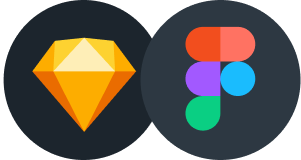
Design Faster in Figma and Sketch
Never start Your work from scratch. Use the Kit that already have 1500+ components with well structured styles, variants & auto layout.
Use Prime Design System Kit to boost your workflow. Create for Web, Mobile, and Desktop. You may use it as the entire UI Library for Design System or just create Landing Page for your next Client. Perfect for those who want to save time while creating UI designs and learn best practices of Figma and Sketch at the same time.
Practice, Practice, Practice
Do not let yourself to procrastinate UX design practice. You have to start design when you are learning tools and participating courses. The best way of learning is to do the things you read or hear about. Confucius said: “I hear and I forget. I see and I remember. I do and I understand”.
It is good to create some own projects based on your observation of people needs to start practicing. You will be able to learn the whole process on your own. You can also make some fake redesigns. Some designers criticize this and do not recommend to do make this fake creation. But, do not worry, you have to practice. It is important to find inspiration everywhere, even in issues we notice in apps we use every day.
Remember to be the hardest critic to your work. You have got the taste, but your work may need some improvements so it is good to look at them from the different perspective.
Find a Mentor
The motivation from the outside is important. Finding a mentor can really speed-up learning process.
Usually experienced designers are very busy, so do not discourage yourself if you will not get a reply. Try to search in local communities first for appropriate person, then try to browse your professional network may be your earlier coworker hired as a designer will be able to help you with starting the career in UX.
The good mentor is a source of inspiration and motivates us to continue learning new skills.
It is important to ask yourself the following question: What I want to get from a mentor? Having a clear goal will make the mentorship more efficient. It can be a help with overall UX principles, specific platform advice, software tool education. It is totally up to you.
Find Inspiration
UX Design is the creative process. Everyone knows that creativity is often an act of combining things. To do this you have to be inspired first. These are the most popular sites that will let you browse various, high-quality content:
- Dribbble – the most popular designers community. You can love it, you can hate it but you cannot ignore it. Most of the shots (posts with images) have got really got visual quality, but there are also plenty of beautiful things that would not work as the real solution.
- Uplabs – quite fresh, but a very fast growing community. You can participate in multiple UI design challenges there, they are the perfect occasion to practice.
- Behance – If you seek a complete showcase of various products and solutions – this is a place for the best inspiration.
- Pttrns – the collection of real app screenshots that has got a good design.
Join the Community
Once you will find the inspiration you will find out that these sites are often communities that you can join. You should definitely join Dribbble, Uplabs, and Bechance. To upload your work on some sites (like Dribbble) you will need an invitation. Some of them use moderation for your first posts to check their quality.
It is important to become part of the community and be an active participant. Comment work of the other designers and ask them questions to learn. You should also ask them to comment on your work.
While digital portals are very useful and quite easy to join, you should also go to at least two design conferences or meetups a year. You will be able to make some networking and talk to inspiring people.
The ultimate advice is to learn how to give and receive feedback. When you make some comments be kind and constructive. When you will receive some critique do not let the negative emotions to take control of you. Try to figure out why someone has given you this kind of feedback. Some people want to help but do not have enough skills to communicate precisely.
Create Portfolio
When you will join a few design communities you should start creating your work. Do not include every mockup you have made. Curate your work so it will be easy to see your skills for potential employers.
Remember that the UX designer does not only create visual mockups. Your portfolio should include the whole design process you involved to create a solution. However, you do not have to start a blog. You can use Medium.com to create a story that will describe your methods and workflow.
Get Hired
Getting hired is the purpose of all the steps you have passed through. This may be a difficult step to get your first job as a designer without a professional experience. If you work for a company that already hires designers, you can talk to your leaders to change a path of your career within an organization. If it is not possible try to get an internship or volunteer in some projects. Thanks to this you will be able to get some experience.
With a few months of the internship, it should be much easier to get hired as a Junior UX Designer. You should also prepare yourself by searching example questions that future employers may ask you during the interview.
Finally, your CV should give a sense of your design taste. Some young designers tend to put many ornaments in their documents, but it may be good only if you apply for the graphic designer job. UX Designer should prepare aesthetic CV that will be easy to read. Do not overload your document with too many visual tricks.
Summing up
Becoming a UX Designer is not a sprint it is a marathon. Even when you will get hired and work professionally as a Designer you will have to practice and learn new skills. This is a really inspiring and very satisfying job for everyone who does not want to settle.
Learning the rules of UX Design industry is surely time-consuming. During the hours of practice, you will notice that there is the task that should take less time and they can be automated.
Time is a very precious asset for us – Designers. This is why beside writing UX articles I build time-saving design tools to make you a better and more efficient Designer.
Create User Flows faster in Sketch – With SQUID you can create User Flows directly in Sketch the sketch file with your artboards. Everything may be done within a couple of clicks. See how it works..
Create Web or Mobile Designs within minutes – Starting UI Design from scratch is boring. I wondered, how to skip this part of work to focus on more interesting tasks. Prime Design System Kit is the resource that lets you customize all essential UI elements quickly and jump right into the most engaging parts of the design process. What is more, it includes Charts, Device Templates, and Illustration Kit to speed up specific pieces of work. Thanks to Prime you create Web or Mobile design within minutes. See Prime in action.
Subscribe UXMisfit.com (and get some discounts)
Follow me on Medium
Follow me on Twitter
